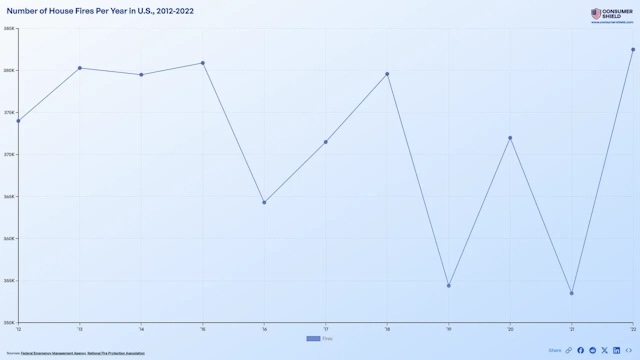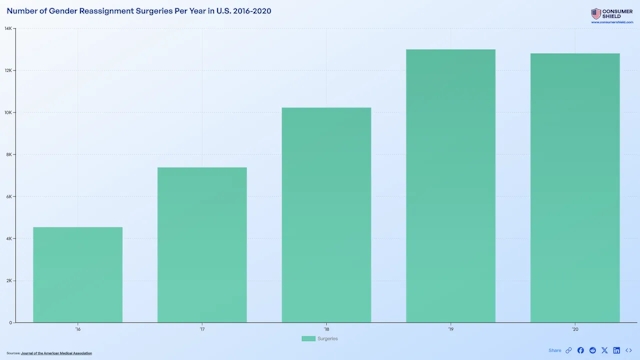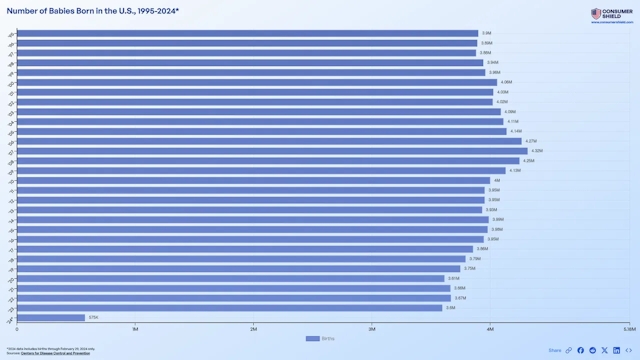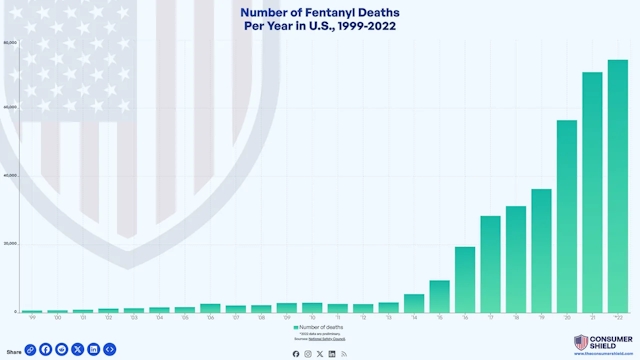Medical Malpractice: A Leading Cause of Death
According to a comprehensive study conducted by researchers from Johns Hopkins Hospital and data from National Practitioner Data Bank (NPDB), medical errors result in an estimated 10% of all deaths annually in the United States. This staggering number ranks medical malpractice as the third leading cause of death, surpassed only by heart disease and cancer. Previous estimates from a 2009 study put the number of medical error fatalities at 200,000, indicating a significant increase in the past decade. Despite these alarming statistics, medical malpractice often fails to receive the attention it deserves.
Economic Impact of Medical Malpractice
Apart from the devastating loss of lives, the medical liability system also takes a toll on the economy. A recent study revealed that medical errors cost the U.S. economy a staggering $55 billion annually. These costs include medical expenses, lost wages, and other related financial burdens. The economic impact of medical malpractice cannot be ignored, as it affects not only individuals and their families but also society as a whole.
Misconceptions about Medical Malpractice Litigation
There are common misconceptions surrounding medical malpractice litigation, particularly the belief that it is excessive and frivolous. However, the statistics paint a different picture. Despite the high number of medical error fatalities, the number of medical malpractice wrongful death lawsuits filed each year is relatively low. The National Practitioner Database reported only 3,046 medical malpractice payments for wrongful death claims. Even with conservative estimates, it is evident that only about 5% of deaths caused by medical errors result in malpractice payouts. This indicates that medical malpractice is actually under-litigated, contrary to popular belief.
Medical Malpractice as a Percentage of Personal Injury Cases
Contrary to the public perception of excessive medical malpractice litigation, statistics from the National Center for State Courts (NCSC) reveal that medical malpractice accounts for less than 5% of all personal injury cases pending nationwide. This indicates that medical malpractice lawsuits represent a small percentage of personal injury litigation. Moreover, a 2017 report on insurance claims showed a significant decline in the rate of malpractice claims paid, with a 55% decrease from 2009 to 2014.
Medical Error and Patient Perception
A survey conducted by the IHI/NPSF Lucian Leape Institute and NORC at the University of Chicago found that 41% of people in the U.S. believed they experienced a medical error in their care. This perception highlights the prevalence of medical errors and the potential for medical malpractice. Diagnostic failure, surgical errors, and medication errors were the most commonly reported types of medical errors. Of those reporting medical errors, 73% indicated that they were actually injured as a result.
Underrepresentation of Medical Malpractice Claims
Despite the significant number of people affected by medical negligence, only a fraction of them become plaintiffs in malpractice cases. A study by Johns Hopkins estimated that only 1% of all adverse medical incidents result in malpractice claims or lawsuits. This suggests that millions of people may be injured by medical negligence each year, yet very few seek legal recourse. Similar concerns arise with the Paragard IUD, where users have experienced severe complications, leading to legal actions. These cases highlight the critical need for robust safety measures and transparent communication from medical professionals and product manufacturers. The underrepresentation of medical malpractice claims further dispels the notion of excessive litigation.
Physician Patterns and Medical Malpractice Claims
Physicians who have had one paid claim are nearly four times more likely to experience additional paid claims in the subsequent five years compared to their counterparts with no previous paid claims. This pattern indicates that there are practitioners who may have a higher propensity for medical errors, leading to multiple malpractice claims. However, it is crucial to note that this does not represent the majority of healthcare providers who strive to provide quality care.
Prevalence of Wrong-Site Surgery
The Joint Commission, which examines sentinel events, characterized wrong-site surgery as representing 6% of the 1,441 incidents analyzed. Wrong-site surgery refers to operating on the wrong part of the body, leading to severe harm or even death. While wrong-site surgery is a serious issue, it is important to highlight that it represents a small percentage of medical malpractice cases.
Concentration of Malpractice Payments
National statistics indicate that a small percentage of doctors account for more than half of all malpractice payments. This concentration of payments suggests that a subset of healthcare providers may have consistent patterns of medical errors leading to malpractice claims. Payment values have seen a significant rise, from $885 million in 1990 to $4.8 billion in 2023. This escalation not only reflects the increasing number of cases but also the growing compensation demands from affected parties.
Global Perspective on Medical Misdiagnosis
Medical malpractice is not limited to the United States. A study conducted in Australia found that doctors in that country make incorrect diagnoses approximately one in seven times. This highlights the global nature of medical errors and the need for improved patient safety measures worldwide.
Conclusion
Medical malpractice is a complex issue with significant consequences for patients, healthcare providers, and the economy. While the perception of excessive litigation may persist, the statistics reveal a different reality. Medical malpractice claims represent a small percentage of personal injury litigation, and the number of medical malpractice wrongful death lawsuits is relatively low compared to the number of medical error fatalities. It is crucial to address the underlying causes of medical errors and work towards improving patient safety to reduce the occurrence of medical malpractice.
Disclaimer: Information provided within this article is for general informational purposes only and is not intended to be legal advice. The statistics and studies mentioned are based on available data and should be independently verified for accuracy and relevance. The views expressed in this article are intended to provide a general overview of trends in medical malpractice and do not necessarily reflect the nuances of individual cases or the complexity of the medical and legal fields.






